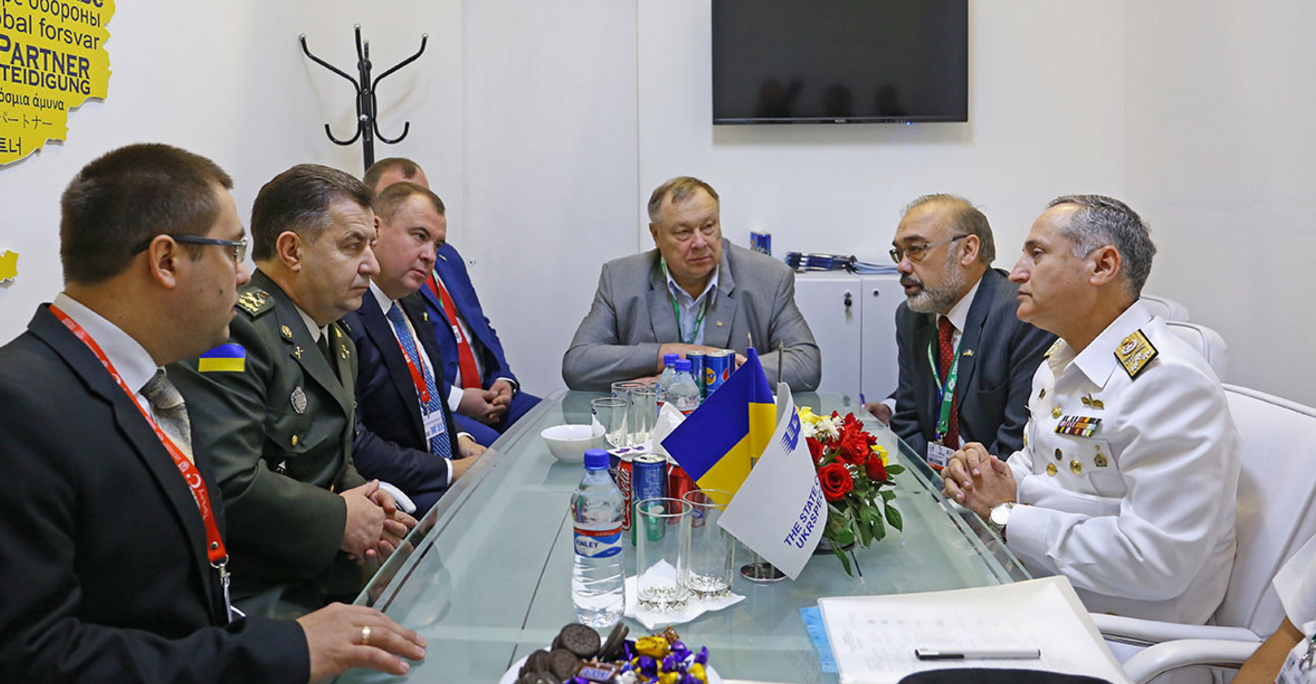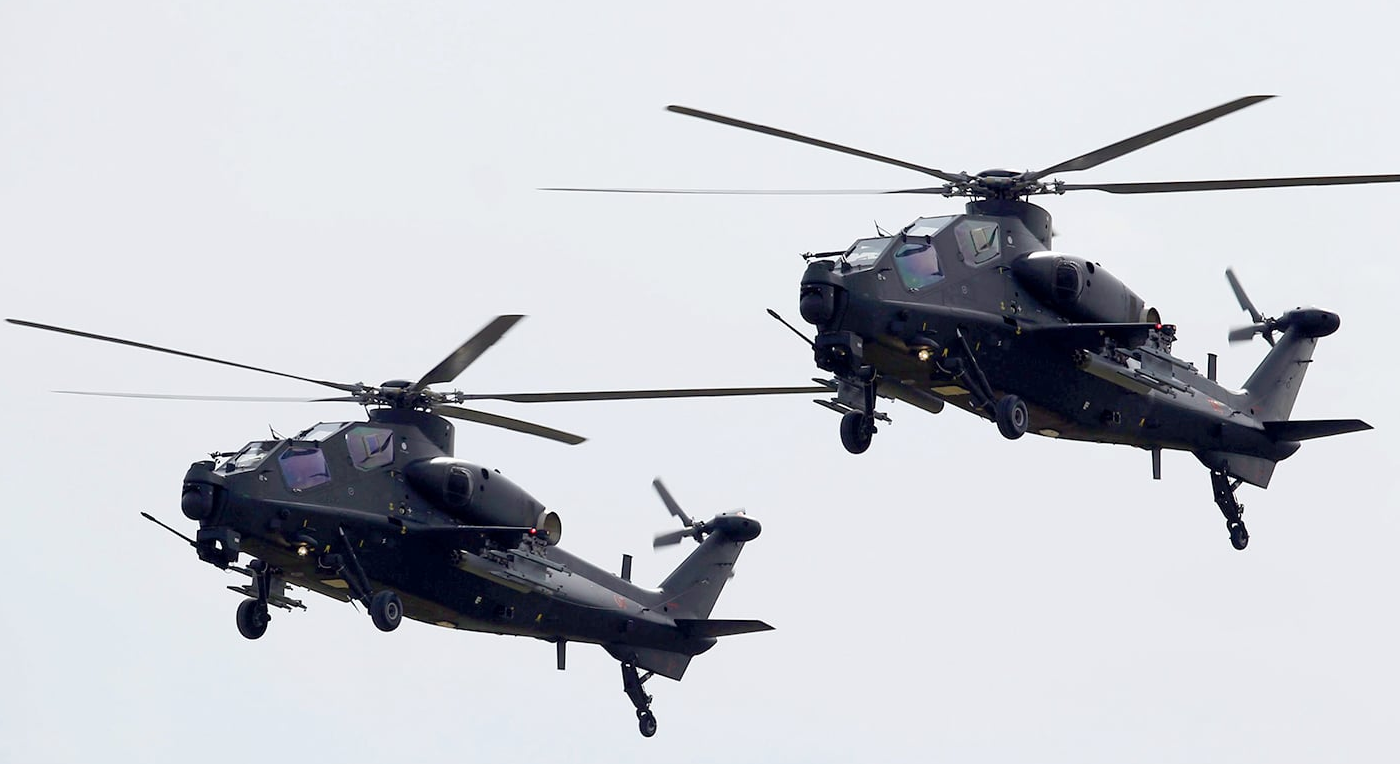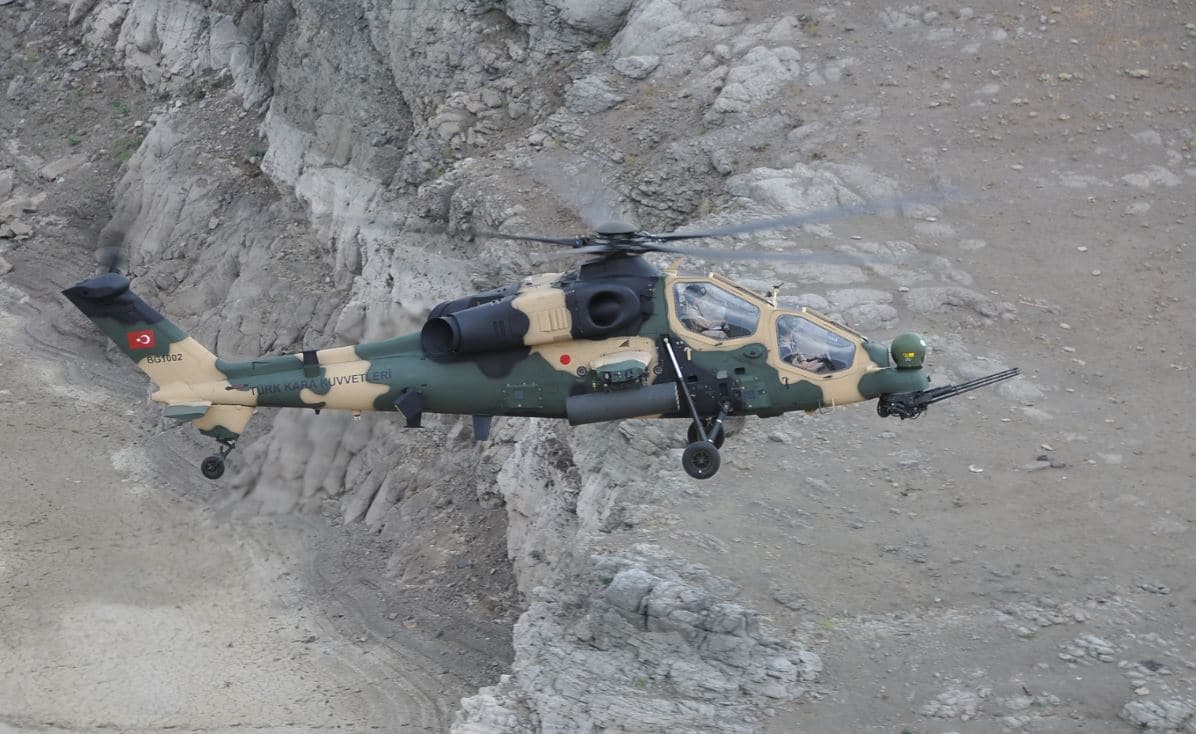2647Views 1Comment

Takeaways from IDEAS (Part 3): Pakistan’s leading armament suppliers
The International Defence Exhibition and Seminar (IDEAS), which is bi-annually hosted in Karachi, Pakistan, is the country’s marquee defence procurements and industry event. IDEAS is also a sound reference point for understanding the direction of the Pakistani defence market, but IDEAS 2016, in particular, could be noted as a significant event in that it may have marked the beginning of several long-term realities that will shape the Pakistani armed forces’ future procurements and decisions.
This short series has been split into three parts.
Part-one covers Pakistan Ordnance Factories. Part-two offers a brief overview of the Pakistani private sector’s increased engagement in the Pakistani defence market. Part-three, which will be released in the coming week, will study Pakistan’s central suppliers and partners.
Pakistan’s Leading Armament Suppliers
Although China rose to becoming Pakistan’s leading armament supplier in terms of volume, the Pakistani armed forces had traditionally depended on the United States to provide the bulk of its qualitative drivers.
For example, the General Dynamics (now Lockheed Martin) F-16 was sought in the 1980s to imbue the Pakistan Air Force (PAF) with multi-role air combat capabilities and integrated electronic warfare (EW) systems. If Pakistan was unable to procure that technology from the U.S., it would pursue alternatives from Western Europe (particularly France). While the volume would typically go to China, the value would end up with traditional U.S. and Western European suppliers such as Lockheed Martin, Dassault, etc.
However, at IDEAS 2016, there was an evident shift. A cursory glance at the IDEAS exhibitors list shows that China and Turkey had by far the largest presence at the event. Moreover, the presence of these firms was far from superficial. Be it Aviation Industry Corporation of China (AVIC), China Shipbuilding Industry Corporation (CSIC), Savunma Teknolojileri Mühendislik ve Ticaret A.Ş. (STM), Turkish Aerospace Industries (TAI), or Aselsan, the defence industry leaders in China and Turkey each had a major stake – both in current contracts and prospective gains – in Pakistan.
Although the notion of China fulfilling Pakistan’s quantitative needs was not surprising, its prominence as a provider of qualitative drivers is certainly noteworthy. There are two main dimensions to this rise. First, the reality of Pakistan’s sensitivity to cost, which pushes it to seek affordable defence solutions, positions China as the leading candidate for supplying those goods. Second, the increasingly dwindling – if not shuttered – route of accessing marquee American products has driven Pakistan to seek qualitative drivers from other sources. If not available in China, Pakistan would seek those drivers from Turkey.
Granted, Pakistan’s ability to procure such armaments from Turkey will be limited to its finances, but as Turkey positions itself as the default supplier for NATO-standard hardware, it could – if it has not done so already – direct the high-value contracts that might have gone to France or the U.S. to itself. In fact, this is not a hypothetical scenario: In June 2016, the Pakistan Navy selected STM to take charge of upgrading its three DCNS Agosta 90B submarines. DCNS, the original designer and manufacturer of the Agosta, had also competed for the upgrade contract, but Pakistan selected STM for its “technically and commercially superior” offer. The contract was valued at $350 million U.S. and is seeing Turkish companies such as Aselsan and Havelsan pick up most of the subsystems work. A one-off sale is not much, but seeing that Turkish industries are aiming to secure both Pakistan’s complete solutions (e.g. attack helicopter) and sub-system needs, its gains could amount to the tune of billions of dollars in the long-term.
There is little doubt that Pakistan will be looking to Turkey for qualitative drivers when accessible (in terms of cost especially), but there is no doubting that China is and will remain as Pakistan’s principal partner. Be it the JF-17 Thunder lightweight multi-role fighter, the MBT-2000 tank platform, the S20 submarine, F-22P frigate, or Azmat-class fast attack craft, Beijing has provided Pakistan with functional base platforms which Pakistan can freely – and affordably – configure for its requirements. Moreover, Beijing transferred these platforms with a flexible degree of access and technology transfer, enabling Pakistan to maintain and customize them using its existing talent and industry base, enabling it to accrue cost savings. There is little doubt that China, especially in recent years, has been essential to Pakistan’s ability to field a modern military, even with the limitations of sanctions and economic uncertainty in place.
Although China and Turkey have taken lead, there is still room for certain suppliers. The likes of Ukraine, South Africa, and Italy possess credible product catalogues in specific areas.
Ukraine was the Pakistan Army’s preferred vendor for MBT engines and had been sought for expertise through the 1990s. After a hiatus, Kiev and Islamabad rekindled their ties in this area. Heavy Industries Taxila (HIT) signed a $600mn U.S. memorandum-of-understanding (MoU) for engines for use on the al-Khalid 1. Ukroboronprom is also marketing the Oplot-M MBT in the hopes of seeing it complement the al-Khalid and al-Zarrar. Ukraine and Pakistan also discussed possible workshare opportunities in this regard.
Pakistan expressed interest in the Denel Group T5-52 self-propelled 155 mm howitzer, A-Darter high off-boresight within-visual-range air-to-air missile, and Umkhonto short-range surface-to-air missile system. Although South Africa has the technology base and expertise to develop a range of munitions, including a new active radar-guided air-to-air missile and longer-range variants of the Umkhonto, it appears that the Pakistani armed forces are interested in readily available solutions. Pakistan seldom backs development work (especially as a funding partner), unless there is no alternative course for procuring an analogous solution available or nearing availability.
Pakistan’s defence ties with Italy, one of its few remaining Western suppliers, mirror its ties with South Africa. For the most part, Pakistan is interested in systems that are available today and have a proven track-record in terms of adoption and operation. The Leonardo AW139 utility helicopter is a good example of this; while it is fulfilling specific utility needs (e.g. search-and-track), it benefits from scale to the tune of hundreds of units in overseas government and private sector usage. If ready for use, the Leonardo Vixen active electronically-scanned array radar, Skyward-G infrared search and track, and Elettronica’s EW and electronic countermeasures (ECM) suite could be options for use on the JF-17 Block-III.



1 Comment
by Shakeel
Thank you QUWA for the 3 part analysis on takeaways (IDEAS 2016). You have indeed the raised the threshold of my primitive knowledge.
Given that I am a avid folower of Quwa, please can you conjure a piece on the the comparative merits of the Denel T2 52 vs Nora B52, in the light of India’s recent purchase of M777. What are the challenges that lie ahead for Pakistan given its coventional imbalance?
Thank you Quwa.